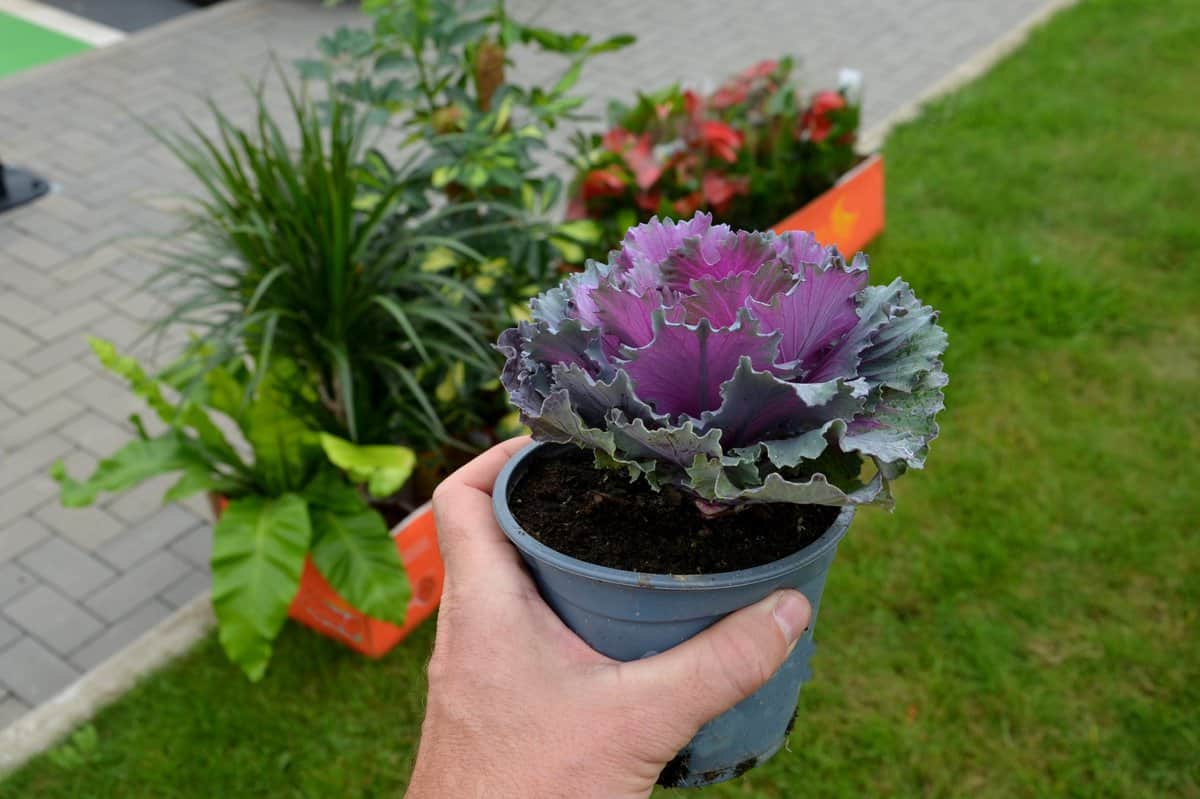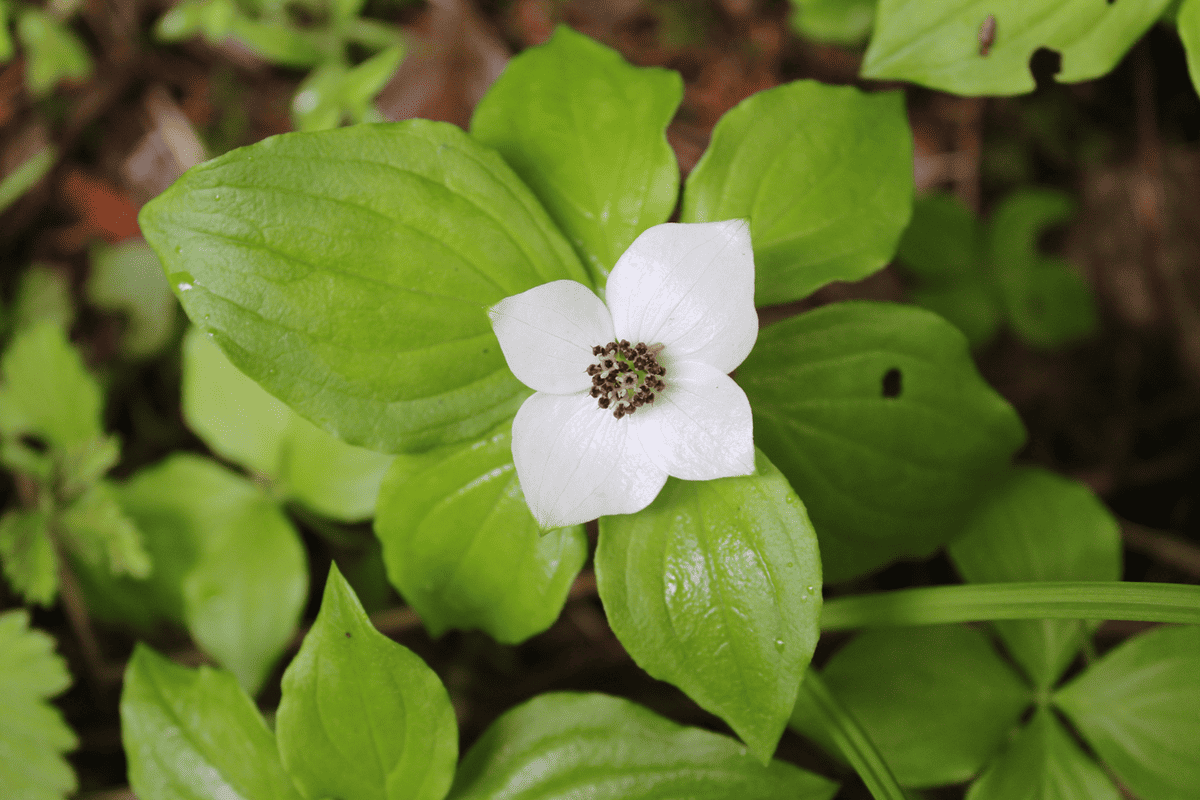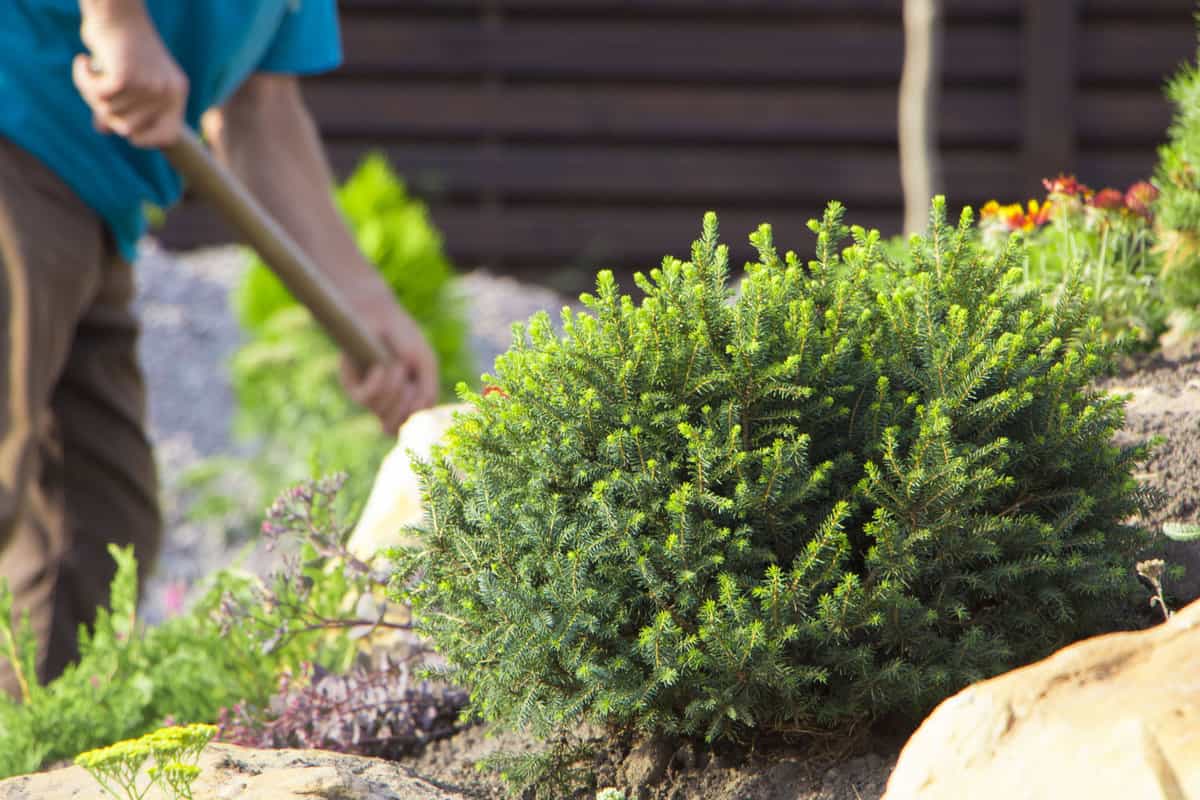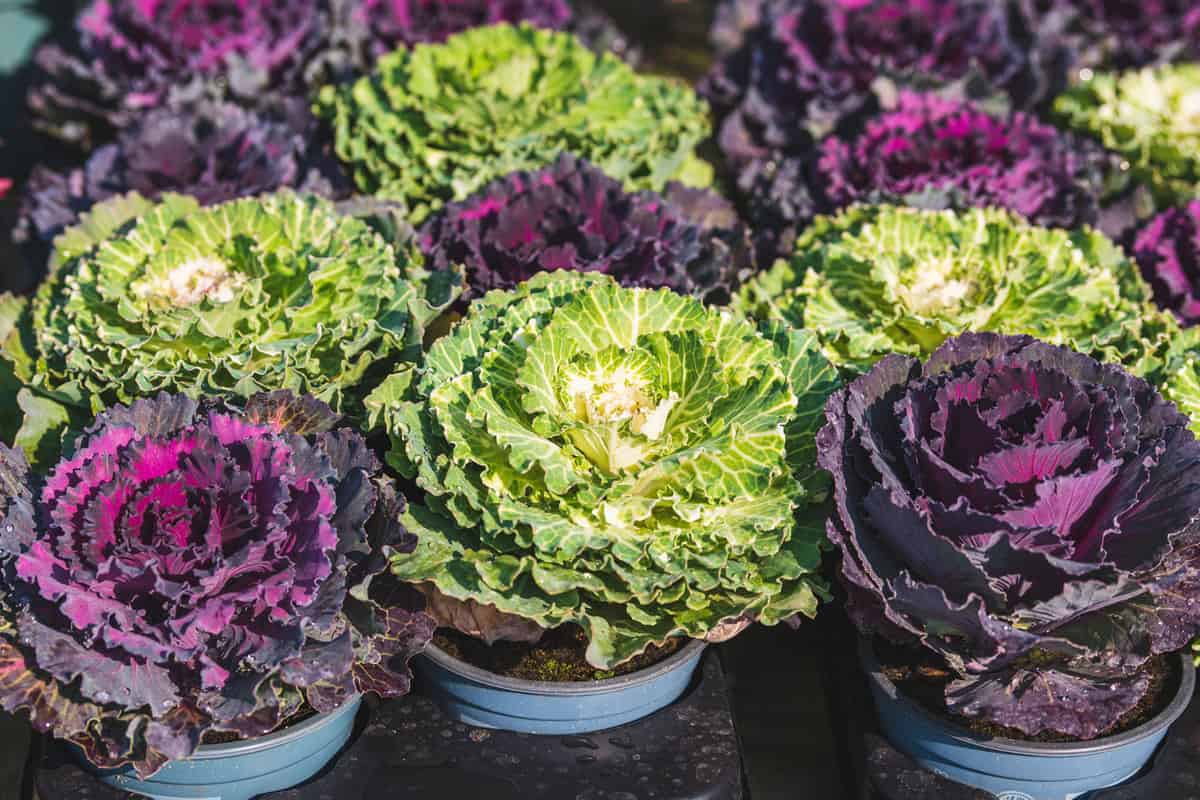Looking out at your snow-covered garden, do you find yourself missing the vibrant hues of spring? What if it was possible to bring back the warm pinks, bright yellows, and deep purples, even in your Zone 2 garden?

Winter doesn't have to mean a bleak, colorless garden. Picture instead a beautiful winter landscape, full of striking colors that contrast against the stark white snow.
"Winter interest" plants can play a significant role here, providing the color and vitality your garden needs.
They are not only hardy, withstanding harsh cold conditions, but they also flourish where other plants might struggle.
With these plants, your garden remains visually appealing throughout winter, offering a scenic view despite the cold.
1. Bunchberry
Cornus canadensis, or Bunchberry as it's commonly known, isn't just a plant. It's the bringer of color and texture to your winter oasis! With it, you get a hardy, attractive ground-cover plant that doesn't mind the chill.

And the green leaves? They take on a purple-red hue, creating a beautiful contrast and adding another layer of winter interest to your garden.
USDA hardiness zones: 2-7
Winter Reminders:
- During the winter months, the Bunchberry plant enters a period of dormancy. This means the plant's metabolic activities slow down significantly, reducing the need for water. Watering may not be necessary at all. If you do water, keep it to a maximum of twice a month.
- This plant is widely distributed across temperate and subtropical regions and displays a strong preference for cool, moist conditions. It is cold hardy, and can withstand temperatures as low as -20℃.
- If colder temperatures below 15℉(-10℃) occur during the growing season, specific measures can be taken to protect the bunchberry from frost or cold damage.
If the plant is grown in a container, the simplest solution is to relocate the container indoors. A location with bright, indirect light is ideal until temperatures rise above the lower threshold again.
2. Dwarf Mugo Pine 'Mops'
The Dwarf Mugo Pine 'Mops' is like a miniature sculpture adding a touch of timeless beauty to your garden. This slow-growing, compact variety of pine brings structure and stability amidst the change of winter.

Across the seasons, its needles are a rich, deep green, making a year-round statement of evergreen elegance. But when winter arrives, it can shift to a soft, golden tone!
In a season often dominated by stark white and greys, the Mugo Pine 'Mops' brings a unique golden glow to the winter landscape!
USDA hardiness zones: 2-7
Winter Reminders:
- If your Mugo Pine is planted in a container, it will require extra protection during winter. This is due to the roots' exposure to potential freezing temperatures, which can harm or kill the plant.
- When temperatures consistently fall below freezing, it's recommended to move the plant to an unheated, protected space such as a garage. This location should ideally have temperatures consistently ranging between 20 and 30 degrees F.
- Despite the colder conditions, the plant still needs hydration. Regular watering keeps the soil moist until spring's warmer temperatures arrive.
- Annual pruning in late winter can help maintain the Mugo Pine's compact size.
3. Ornamental Brassicas
Ornamental Brassicas, with their vibrant cabbages and kale, bring an exotic touch to your backyard. These plants are hardy and frost-tolerant, making them a perfect winter selection.

In the colder months, their leaves transform into vivid hues of purple, pink, and white, offering a visual treat and maintaining garden interest even under a dusting of snow.
USDA hardiness zones: 2-11
Winter Reminders:
- It's crucial to avoid waterlogged soil in winter. These plants prefer well-drained conditions, and excess water can cause root issues.
- Despite their hardiness, extreme winters might call for a frost blanket or burlap sack for protection.
- Frost aids their color development, but harsh storms may lead to damage. They can weather temperatures above 5 degrees Fahrenheit, but a sudden drop could kill the plant.
- Their leaf rosettes often grace gardens well into winter until repeated hard frosts take their toll. Proper care ensures that your Ornamental Brassicas remain garden showstoppers for much of the colder season.
Transform Your Garden Into a Winter Paradise!
Imagine a world where your garden remains a vibrant oasis, even amidst the deep winter freeze. Think it's a far-off dream? Think again! With the right winter interest plants, your Zone 2 garden can truly sparkle in winter.
Don't let the chilly days get the better of your garden. Transform the frosty landscape with the Bunchberry, Dwarf Mugo Pine 'Mops,' and Ornamental Brassicas, each offering its unique color spectacle.
But remember, these plants aren't just about their winter charm. They need your care through the frost.
Be it Bunchberry's need for limited watering, Mugo Pine's necessity for protection if in containers, or Ornamental Brassicas' crucial winter care needs.
So let's gear up, give our gardens the care they deserve, and create a winter paradise that not just survives but thrives!
Read more:
How To Care For Roses During Winter [5 Actionable Tips]
